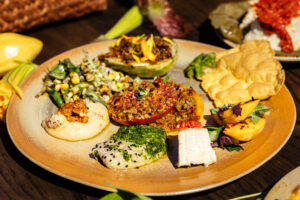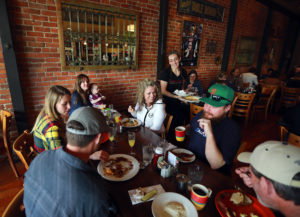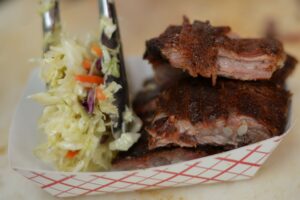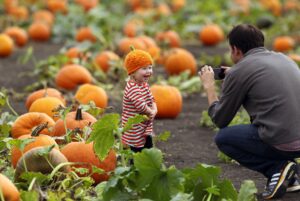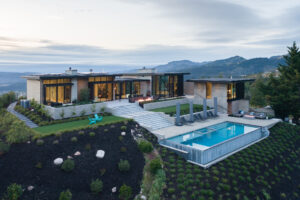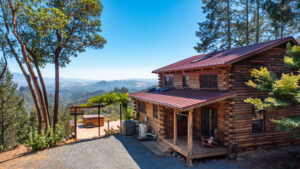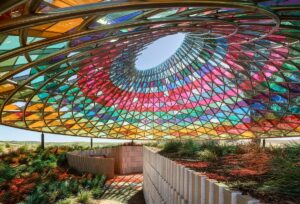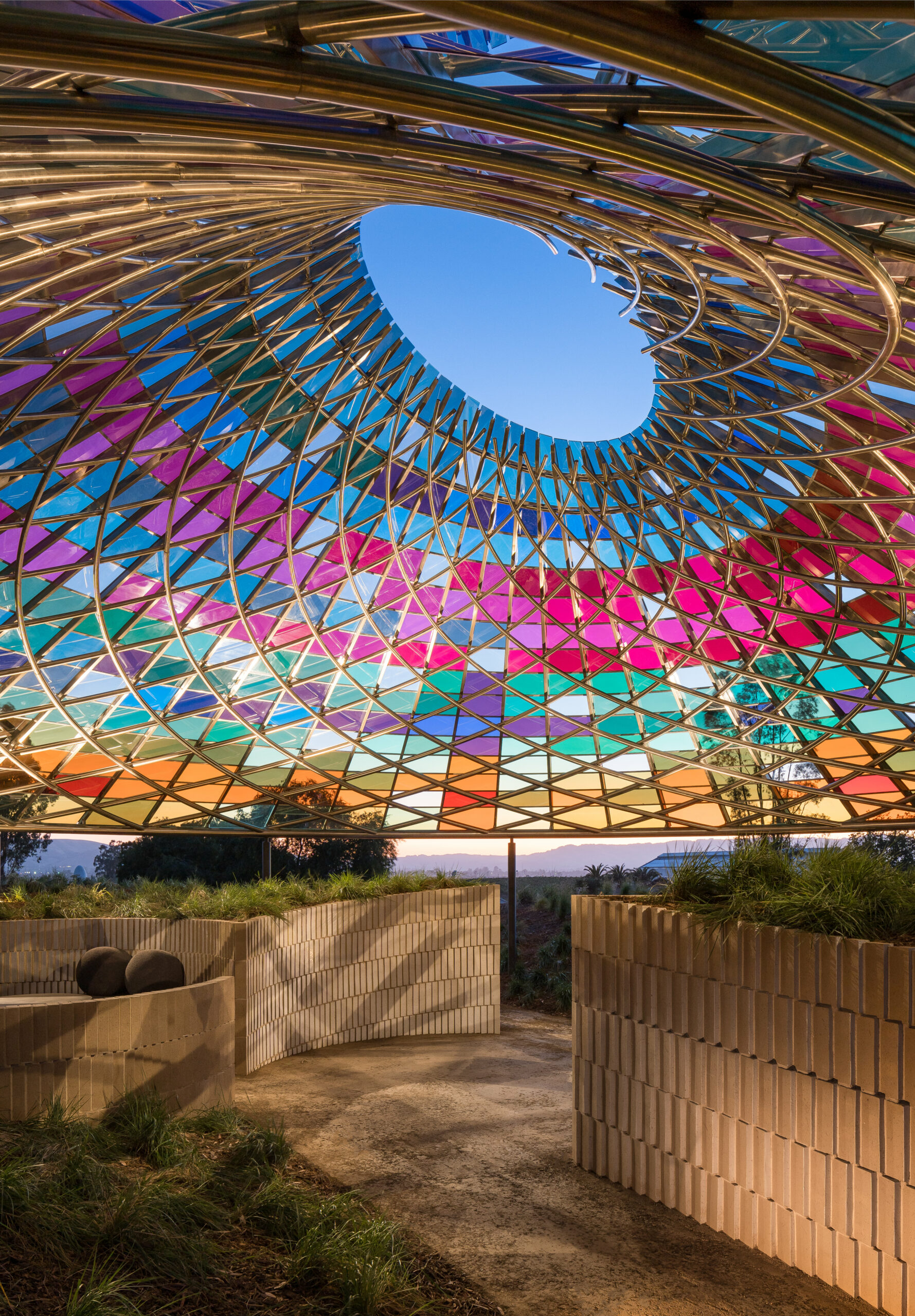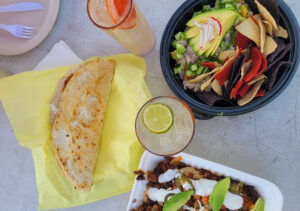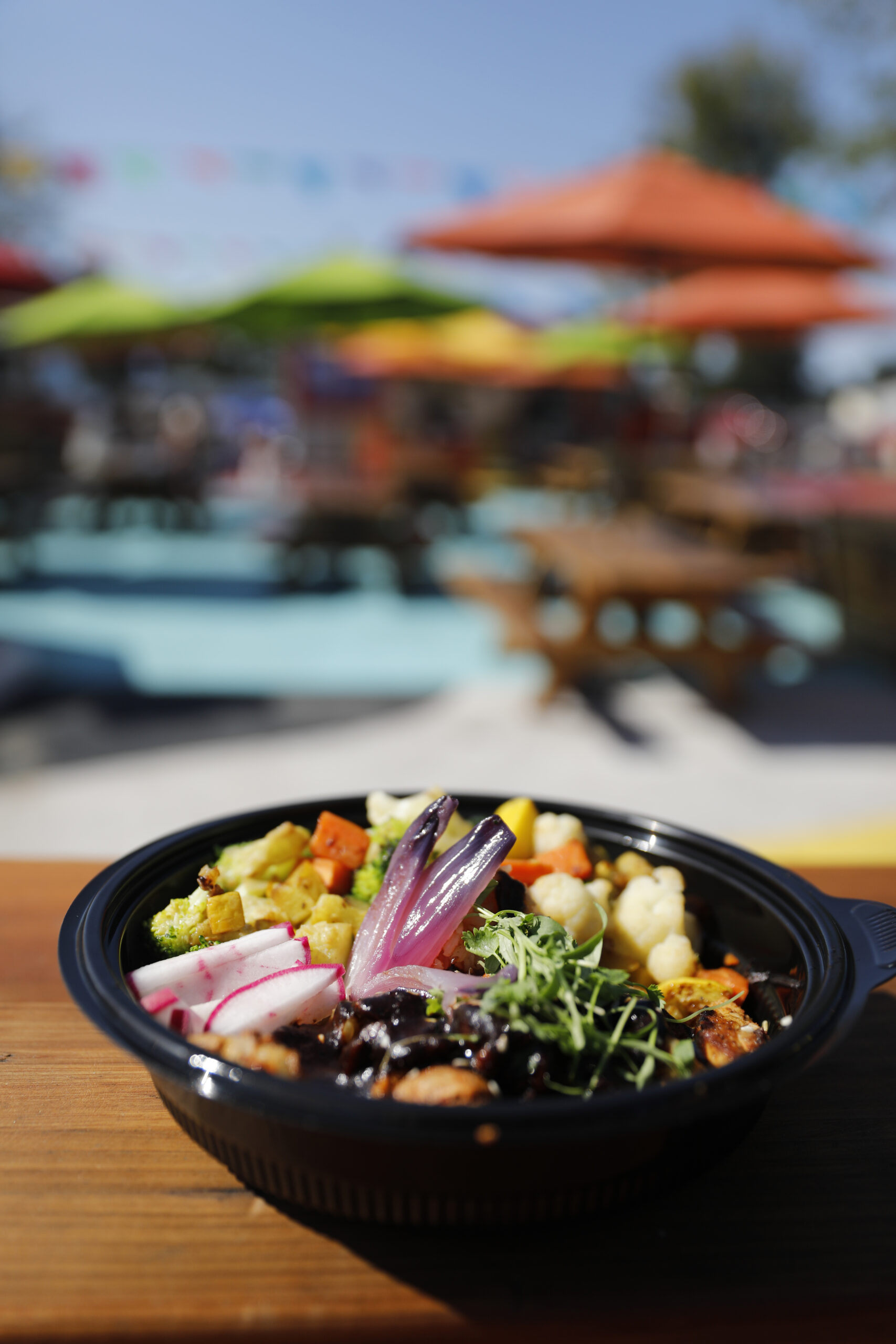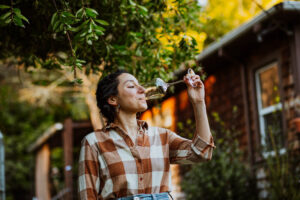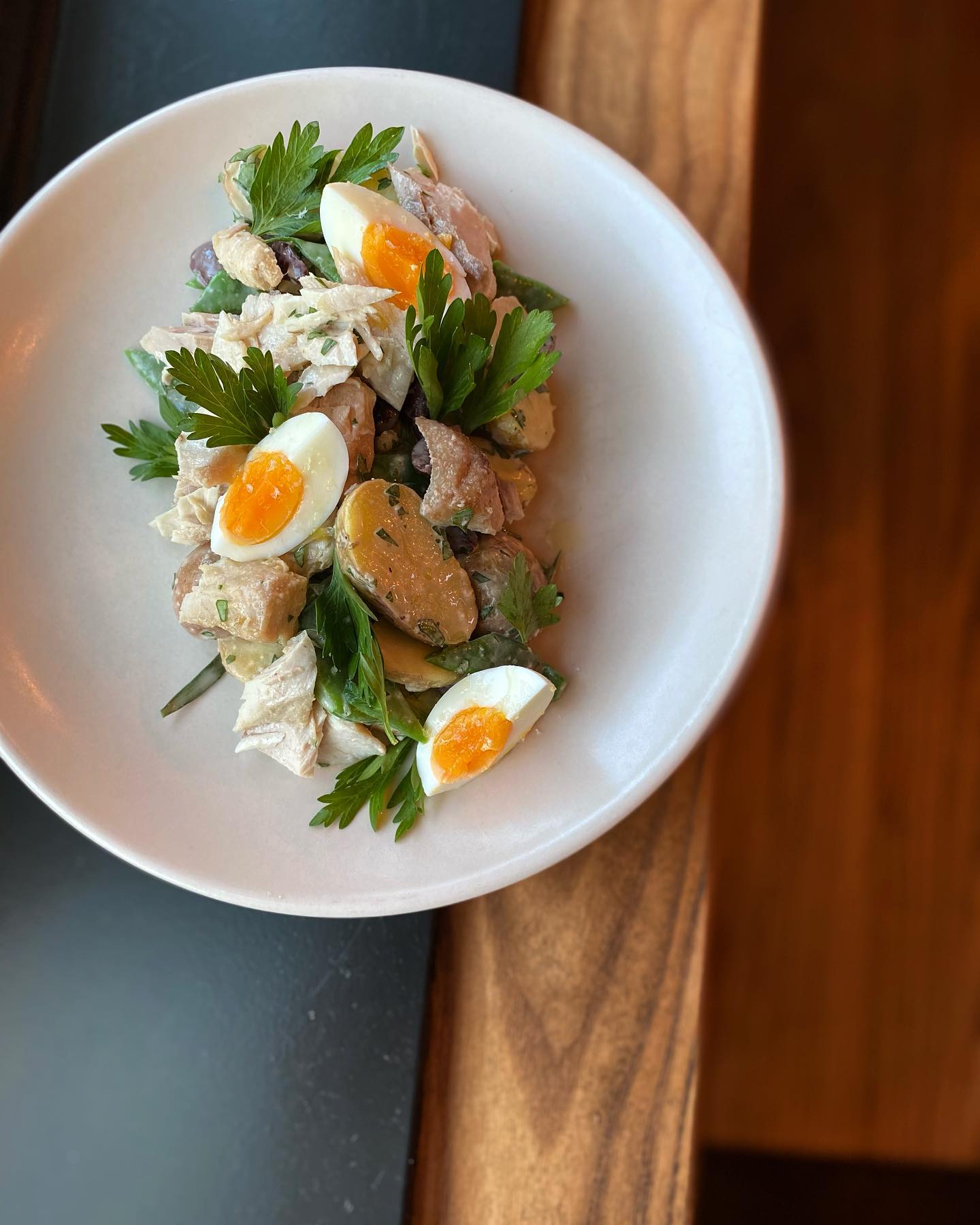Healdsburg’s Little Saint has been named one of The New York Times’ 50 favorite restaurants of 2022. The plant-based restaurant, operated by Kyle and Katina Connaughton of Michelin-starred Single Thread, opened in April.
“The preparations revel in the produce, rather than just ratcheting up the umami in a quest to conjure animal flavors,” wrote Brian Gallagher, describing the cuisine of the recently opened restaurant for The New York Times’ “The Restaurant List 2022: 50 places in America we’re most excited about right now,” which was published online Sept. 19.
The Healdsburg restaurant, cafe and bar are stocked daily from the 24-acre Single Thread Farm and the 5-acre Little Saint Farm that offer fresh produce year round.
“It may seem like a cheat to open a plant-based restaurant in the Sonoma Valley’s cradle of organic abundance. But it would almost be a shame not to open one, if you had not only a 24-acre farm nearby but also the cooking brain trust of Single Thread,” Gallagher said.
Chilled strawberry borscht, smashed cucumbers with XO sauce and a chocolate tart made with a coconut cream crust were among the dishes highlighted by The Times. Locally, the restaurant has garnered praise for its innovative meat- and dairy-free menu.
“We are incredibly proud of the recognition for the hard work of the team at Little Saint that is so passionate about not only our food and hospitality but the mission to create something new and different within the community,” said Chef Kyle Connaughton.
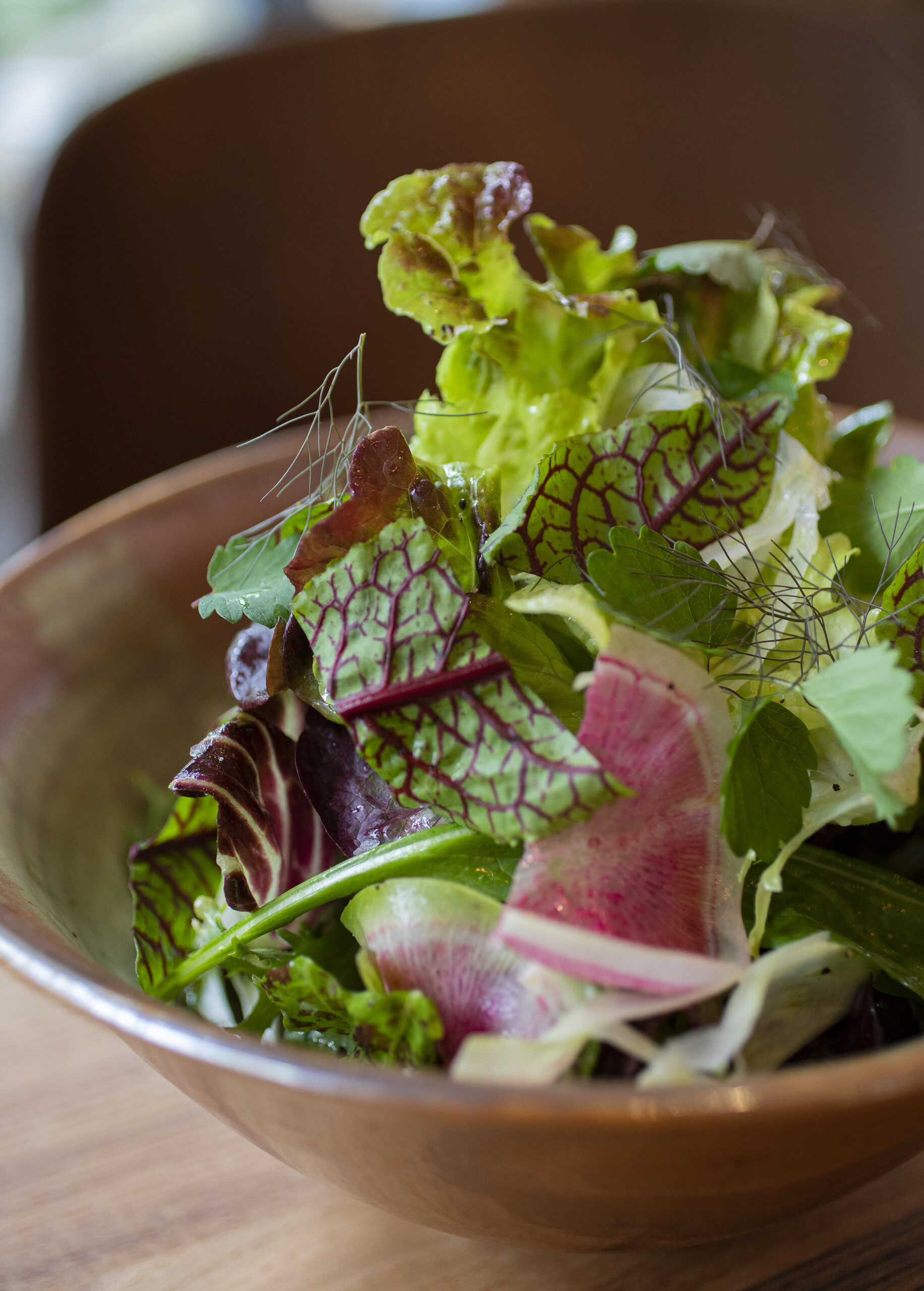
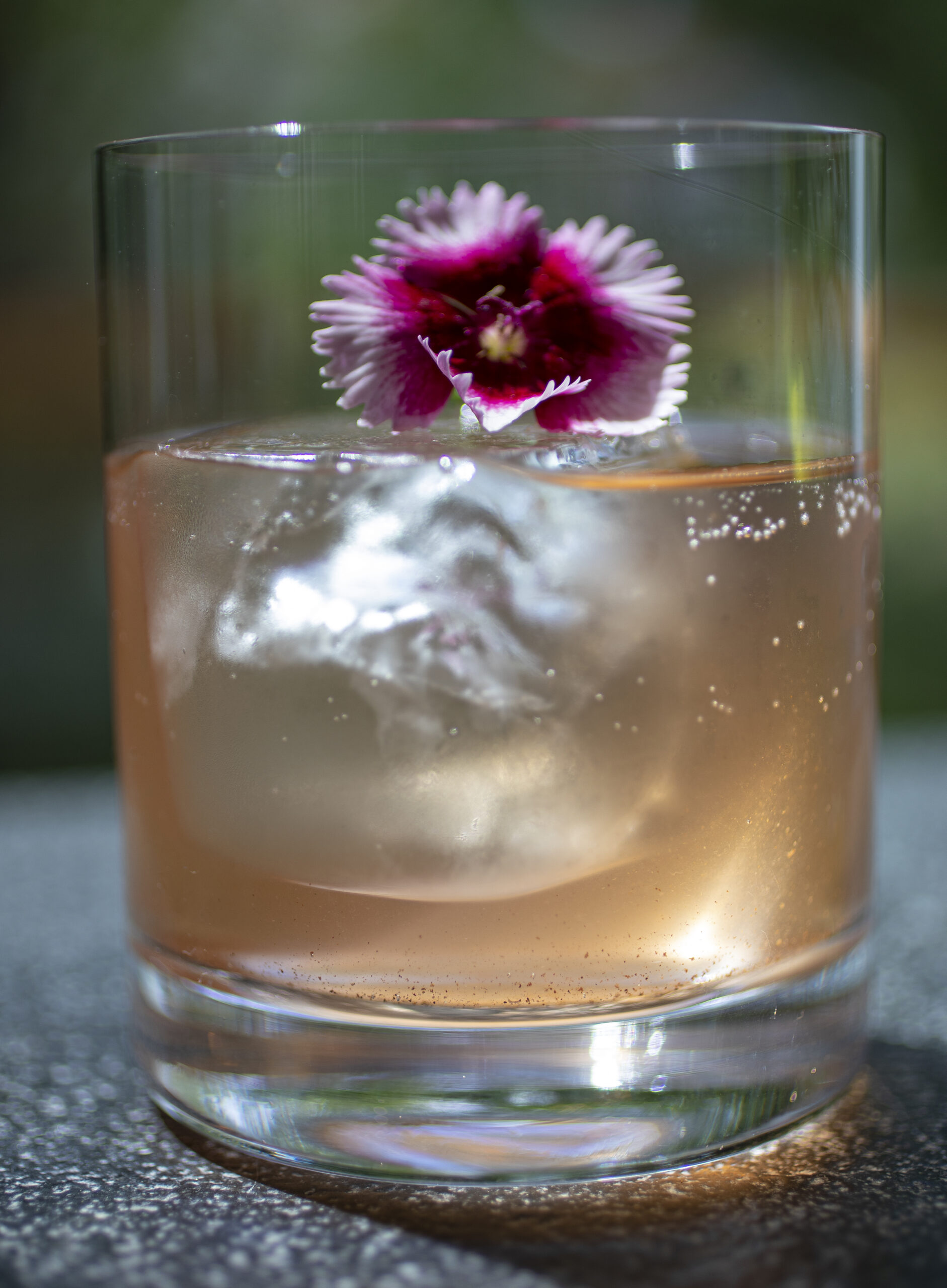
Chef de Cuisine Brian Oliver and the Little Saint staff spent months before the restaurant’s opening doing extensive research and development on plant-based ingredients and have made limiting food waste part of their ethos. For example, water from cooked chickpeas is used as a plant-based emulsifier for cocktails or egg-white replacement.
The restaurant and cafe are part of a collaboration between the Connaughtons; designer Ken Fulk; philanthropist Jeff Ubben and his wife, animal activist Laurie Ubben; and program director Jenny Hess.
The 10,000-square-foot building, which formerly housed Healdsburg SHED, also offers live music, art and events, a market, a wine cellar and a bakery.
In the Bay Area, San Francisco’s Abacá (Filipino cuisine) and San Ho Won (Korean barbecue) also were recognized by the newspaper.
Little Saint, 25 North St., Healdsburg, 707-433-8207, littlesainthealdsburg.com


